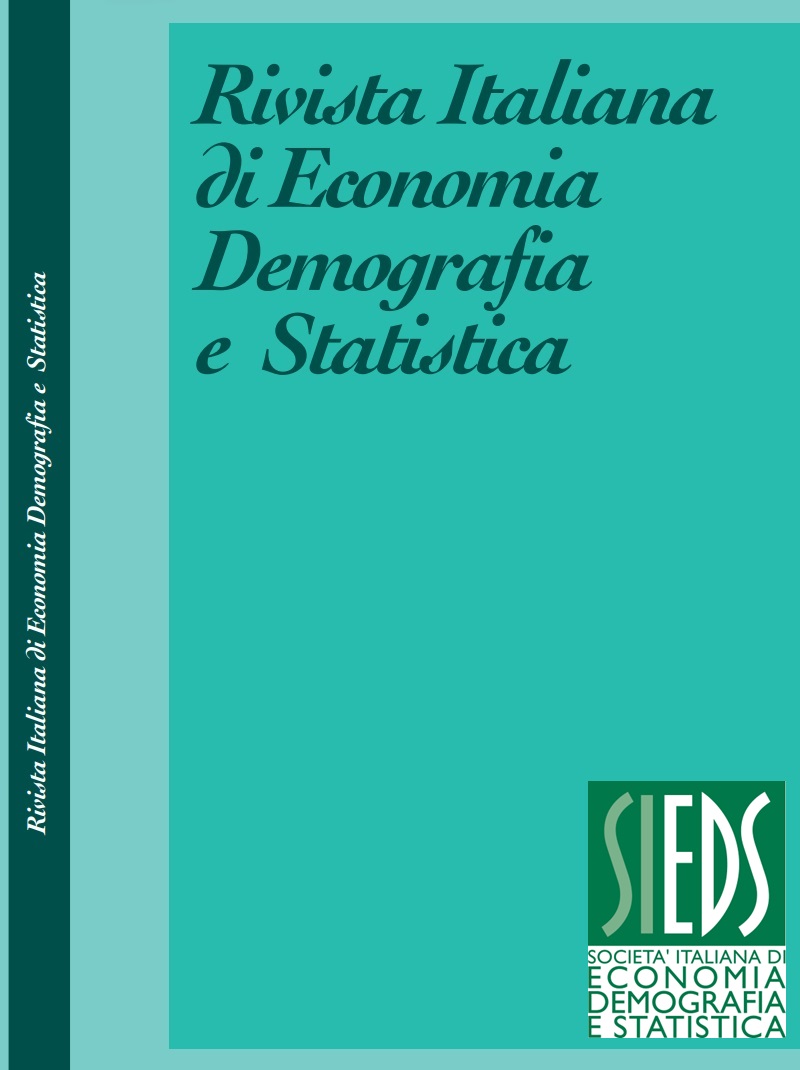A pandemic health risk management model for the protection of workers: the Istat experience
Abstract
The SARS-CoV-2 pandemic emergency pushed public Administrations to adopt managerial, organizational, and technical choices for the health and safety protection of workers. In this extraordinary context, Istat enhanced its IT support, ensuring full operation in a sustainable way with smart working. All this influenced the sociability of the employees by developing interactions via web with discussion moments on different aspects in a plurality of areas. The health prevention activity was innovative and unique, carried out through the monitoring and tracing of all workers, with the use of questionnaires created ad hoc that allowed the competent doctor to identify fragile workers and situations susceptible to COVID-19 contagion for which further risk reduction measures have been adopted. The aim of this work is to illustrate an innovative model of health risk management aimed at identifying and monitoring risk conditions and defining protection measures with important actions by the employer. All of this to ensure maximum health and safety protection of workers who have worked, both at the offices and remotely. Istat implemented the Prime Ministerial Decree and other Regulations issued on the coronavirus spread containment, furthermore, proposed to Istat workers two questionnaires, prepared by the competent doctor. Each questionnaire included about 40 structured questions aimed at verifying, in compliance with privacy regulations, any susceptibility or hypersensitivity cases due to previous or current pathologies, to pharmacological treatments interacting on the immune system, to possible exposures to risk factors (such as close contacts with positive cases, the use of public transport for home-work routes). The questionnaires results, anonymous and aggregated, and data analysis on the working population, are provided with an overall summary. The questionnaire made it possible to group Istat employees into four groups, each identified by a colour, characterized by specific prevention measures for the return to the office. The population surveyed was comparable in the two surveys; the distribution in the Red Group recorded a slight decrease (from about 28% to about 25%). For this Group, the most stringent prevention measures reached the highest level of protection. After the analysis of the second questionnaire, the competent doctor carried out additional investigations to accurately evaluate every single peculiar situation of the workers.
Downloads
Published
Issue
Section
License
Copyright (c) 2023 Michele Camisasca, Eva Pietrantonio, Rosario Magro, Alessandro Arborea, Anna Fabiani, Claudio Giordano, Marcella Pietrantonio, Adeodato Sparano

This work is licensed under a Creative Commons Attribution 4.0 International License.



